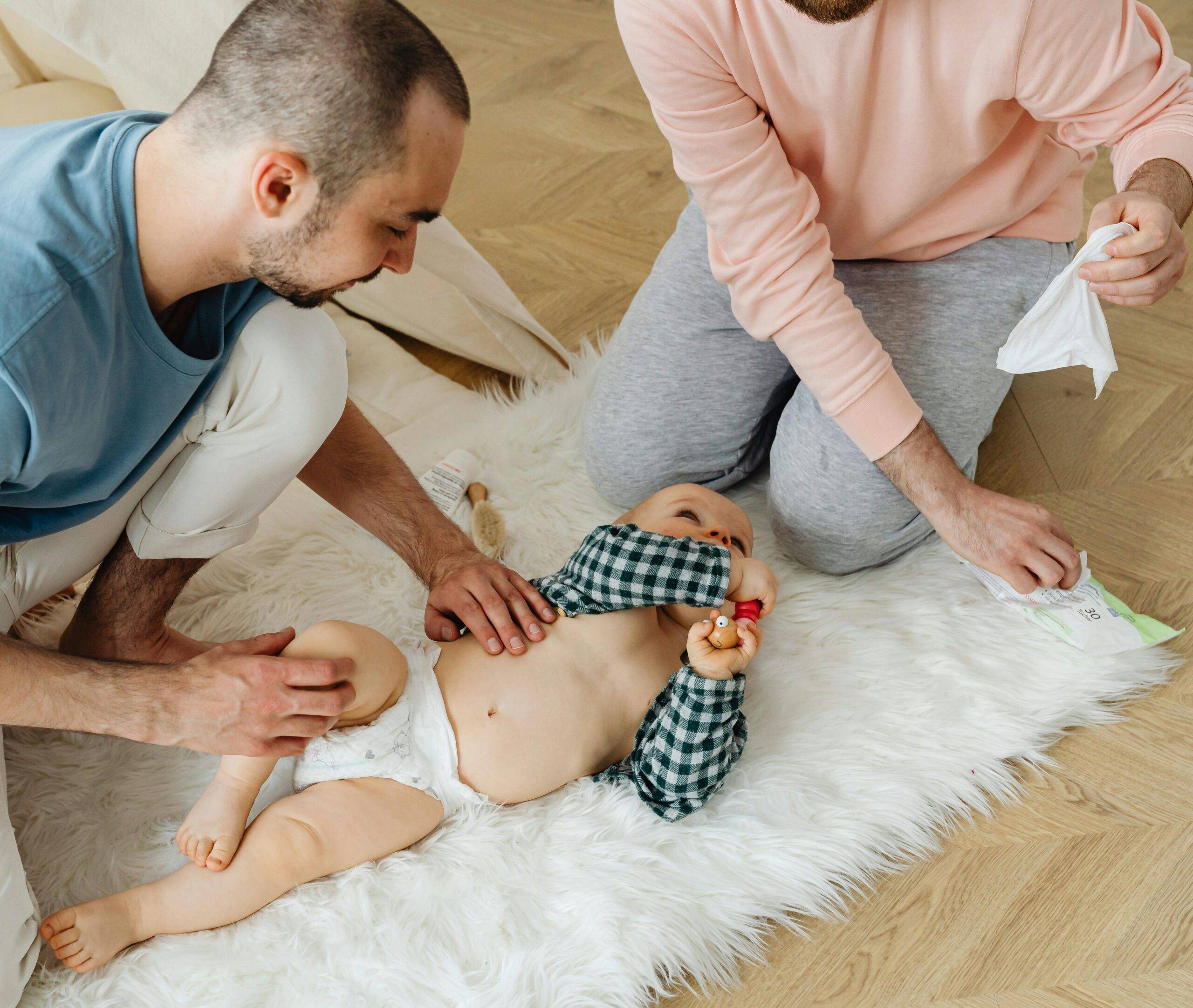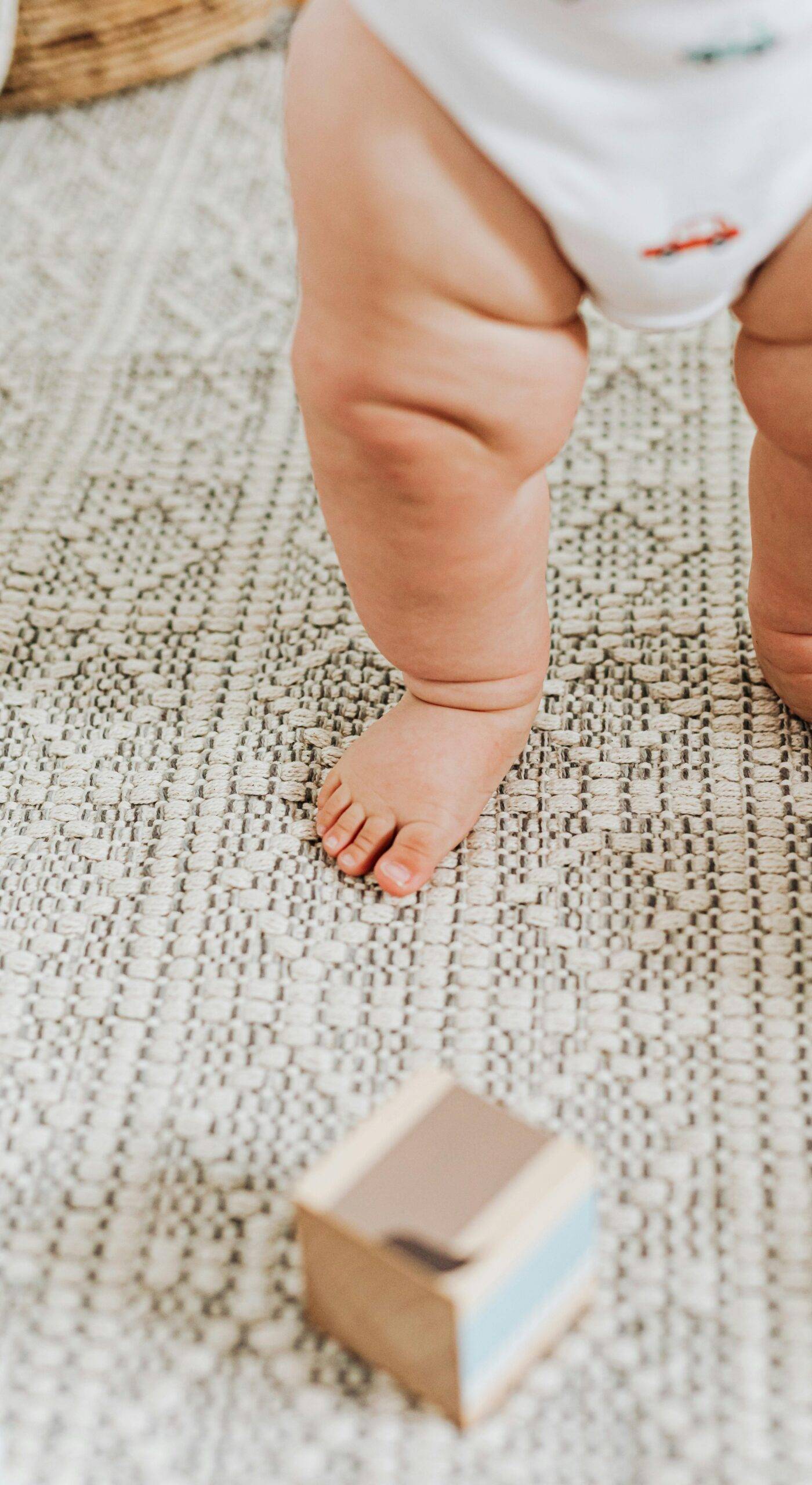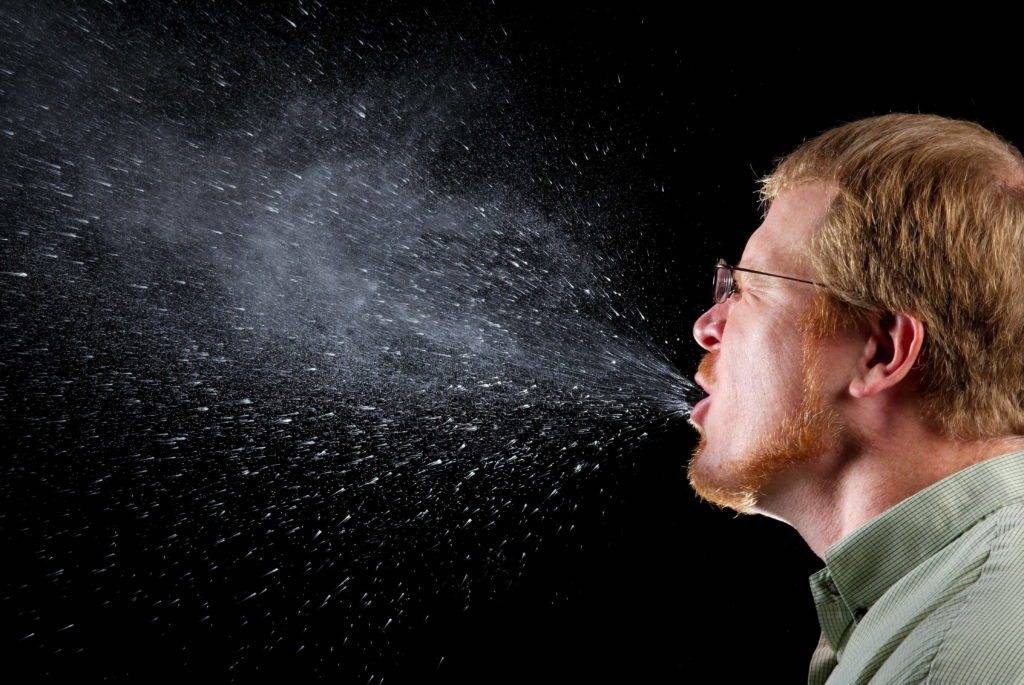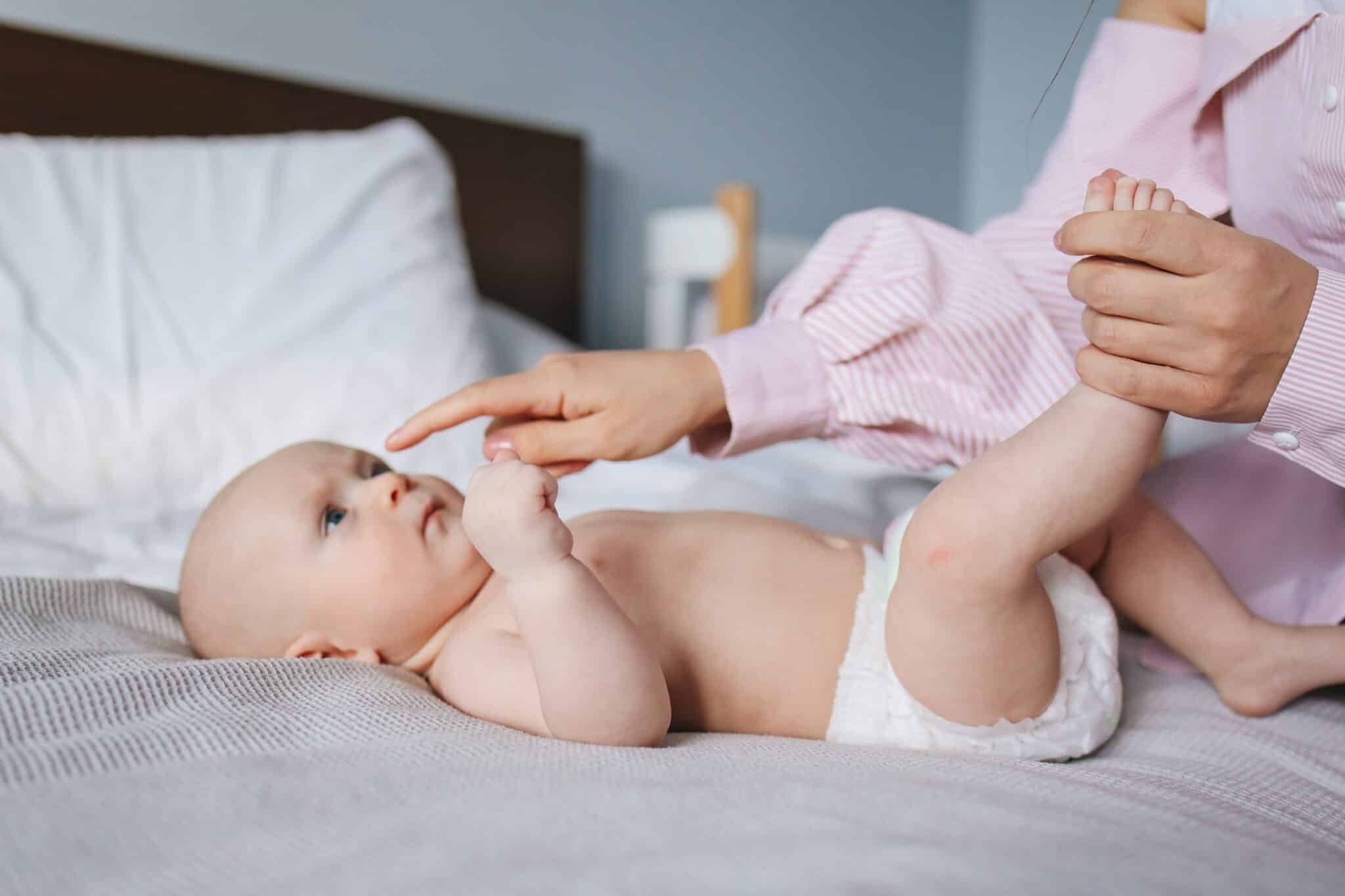As a parent, there’s nothing more distressing than seeing your baby in discomfort—especially when it’s caused by a stubborn rash that won’t go away. One of the most common causes of persistent diaper rash is candidiasis, a yeast infection similar to regular diaper rash but doesn’t respond to typical diaper creams.

Unlike standard rashes caused by irritation or moisture, candidiasis diaper rash is caused by an overgrowth of Candida, a fungus that thrives in warm, moist environments—like your baby’s diaper area. This means that regular treatments such as zinc oxide or petroleum jelly often don’t work, leaving both baby and parent feeling frustrated.
Understanding candidiasis diaper rash, knowing when to seek medical help, and learning how to treat it effectively with antifungal solutions are essential in protecting your baby’s skin and ensuring their comfort from candidiasis diaper rash.
This post will walk you through everything you need to know to spot, treat, and prevent this pesky condition—candidiasis diaper rash- so your baby can feel better, faster.
What is Candidiasis Diaper Rash?
Candidiasis diaper rash is a type of diaper rash caused by an overgrowth of the Candida yeast fungus, particularly Candida albicans. This yeast thrives in warm, moist environments, making the diaper area an ideal breeding ground.
Factors Contributing to Yeast Overgrowth
- Warmth and Moisture: Diapers create a warm, moist environment that promotes yeast growth.
- Infrequent Diaper Changes: Prolonged exposure to wetness disrupts the skin’s natural barrier.

- Antibiotic Use: Antibiotics can kill beneficial bacteria that keep yeast in check, leading to overgrowth.
- Compromised Immune System: Babies with weakened immune systems are more susceptible to infections.
Recognizing the Distinctive Signs
Identifying candidiasis diaper rash involves observing specific characteristics:
- Appearance: Bright, fiery red rash with sharply defined edges.
- Satellite Lesions: Small red spots or pustules scattered away from the main rash.
- Skin Folds Involvement: Unlike regular diaper rash, candidiasis often affects the skin folds, particularly in the groin creases.
- Persistence: Does not improve with standard barrier creams such as zinc oxide.
- Discomfort: Your baby may be particularly uncomfortable or itchy.
Why Antifungal Treatment is Necessary for Candidiasis Diaper Rash
Regular barrier creams are ineffective against candidiasis because they do not kill fungi. Candida is a fungus, and antifungal medications are needed to eliminate the infection. Without proper treatment, the rash can persist and potentially worsen.
Treating Candidiasis Diaper Rash
Consult Your Pediatrician
Before starting any treatment, consult your pediatrician to confirm the diagnosis and receive appropriate recommendations.
Antifungal Creams
Your pediatrician may prescribe or recommend topical antifungal creams such as:
- Nystatin: Effective against Candida infections.
- Clotrimazole: Available over-the-counter and treats various fungal infections.
- Miconazole: Another over-the-counter option effective against yeast infections.
Application Guidelines
- Clean and Dry: Gently clean the affected area and pat dry before application.
- Thin Layer: Apply a thin layer of the antifungal cream over the entire affected area, including satellite lesions.
- Duration: Use the cream for the full duration prescribed, even if the rash appears to resolve quickly.
- Barrier Cream Combination: You may apply a barrier cream over the antifungal cream to protect the skin.
Continue Basic Diaper Care
- Frequent Changes: Change diapers promptly to keep the area dry.
- Air Time: Allow your baby to go without a diaper for short periods to let the skin breathe.
- Gentle Products: Use mild, fragrance-free wipes and soaps to avoid further irritation.
Prevention Strategies
The best way to handle a yeast diaper rash? Stop it before it starts. Prevention is your most powerful tool in keeping your baby’s bottom healthy and rash-free. Since Candida thrives in warm, moist environments, your goal is to keep the diaper area clean, dry, and well-aired. Here are the top strategies:
1. Regular Diaper Changes
Don’t wait for the diaper to feel heavy or smell strong. Change it every 2 to 3 hours—or sooner if it’s soiled. A fresh diaper keeps moisture from building up, which can prevent the perfect environment that yeast loves. Nighttime can be tricky, but if your baby is prone to rashes, consider a middle-of-the-night change.
2. Gentle but Thorough Cleaning
Use warm water and a soft washcloth or fragrance-free baby wipes to gently clean the diaper area during each change. Avoid wipes with alcohol or strong perfumes, which can irritate already sensitive skin. For messy diaper changes, gently pat (don’t rub!) the area clean.
3. Drying Completely Before Diapering
Before applying any creams or putting on a new diaper, make sure your baby’s bottom is totally dry. You can gently pat the area dry with a soft towel or allow it to air dry. Even a little leftover dampness can help yeast grow, so take a few extra seconds to ensure the skin is dry.
4. Allow for Diaper-Free Time
Let your baby go without a diaper for short periods throughout the day. Diaper-free time gives the skin a chance to breathe and reduces the warm, moist environment that Candida thrives in. Place your baby on a towel or waterproof mat and let them kick around for 10–15 minutes a few times a day.
5. Use Barrier Creams Preventatively
Even when there’s no rash, using a thin layer of barrier cream (like zinc oxide or petroleum jelly) can help protect your baby’s skin from moisture and irritation. If your baby is prone to yeast infections, talk to your pediatrician about adding a light antifungal cream during recovery periods.
6. Consider Probiotics When Using Antibiotics
Antibiotics can sometimes wipe out the good bacteria that help keep yeast under control. If your baby is taking antibiotics, ask your pediatrician whether adding infant-safe probiotics might help maintain a healthy balance of bacteria and yeast in the gut—and possibly reduce the risk of candidiasis diaper rash.
Preventing yeast diaper rashes takes a little extra effort, but it’s well worth it. By staying consistent with hygiene and being proactive when you notice early signs of irritation, you can stop yeast infections before they start—and keep your baby smiling and comfortable.
When to Contact Your Pediatrician
While many diaper rashes can be managed at home with good hygiene and over-the-counter products, candidiasis diaper rash often requires medical attention. Here’s when you should pick up the phone and call your pediatrician:
1. Persistent Rash That Won’t Go Away
If you’ve tried treating what you thought was a regular diaper rash—with barrier creams, frequent changes, and air time—but the redness lingers for more than a few days, it might be a yeast infection. Yeast rashes often don’t respond to standard care and need a prescription antifungal to get better.
2. Signs of a Skin Infection
Sometimes, what starts as a yeast infection can get worse. If you notice:
- Pus or oozing from the rash
- Skin that seems swollen or hard
- Yellowish crusts or sores
These signs mean the rash is infected with bacteria on top of the yeast, and that needs a different treatment—possibly including antibiotics.
3. Fever Alongside the Rash
If your baby has a diaper rash and also develops a fever, it could indicate that the infection is spreading or that something more serious is going on. Always check in with your pediatrician if you notice a fever in combination with any rash.
4. The Rash Is Spreading
Yeast infections usually stay in the diaper area, but in some cases, they can spread. If the redness and bumps start to appear beyond the usual diaper zone—on the thighs, belly, or even up the back—that’s a red flag. This kind of spread needs prompt attention.
❗Quick Tip for Parents: Trust your instincts. If something doesn’t look or feel right about your baby’s rash, it’s okay to ask for help. Pediatricians are there to support you—and catching an infection early can make a big difference in how fast your little one heals.
Champion Over Candidiasis Diaper Rash for Your Baby’s Comfort and Safety

Candidiasis diaper rash may look like a typical rash at first, but it can be far more stubborn and uncomfortable for your baby. Knowing the difference between a regular diaper rash and one caused by Candida yeast is the first and most important step.
The good news is, candidiasis diaper rash is very treatable with the right approach. By using antifungal creams as recommended by your pediatrician, keeping the diaper area clean and dry, and giving your baby regular diaper-free time, you can shorten the duration of the rash and prevent it from returning.
Equally important is to complete the full course of treatment, even if the rash goes away quickly—this ensures that the fungus is fully eliminated. Lastly, prevention plays a role in keeping yeast infections at bay.
Frequent diaper changes, using breathable diapers, and ensuring the skin is completely dry before putting on a new diaper can make a difference. If your baby is on antibiotics, be proactive—ask your pediatrician if adding probiotics might help balance the natural flora and prevent yeast overgrowth.
Parents should never hesitate to reach out to their healthcare provider if they suspect a yeast infection. Early intervention can prevent unnecessary discomfort and complications. If the rash spreads, shows signs of infection, or if your baby develops a fever, call your pediatrician right away. Remember, you’re not alone in this.
Diaper rashes are one of the most common concerns among parents, and with the right care, your baby can be rash-free and happy again in no time. For more expert pediatric advice, check out these helpful reads from Omega Pediatrics:
- Mild Diaper Rash: 6 Quick & Effective Home Remedies for Relief
- Baby Skincare 101: How to Preserve Your Infant’s Sensitive Skin
Your baby’s comfort and health are worth it. By staying informed and proactive, you’re doing an amazing job. Keep up the great work, parent!



